By Sahil Bloom:
If you’ve been following the financial media, you may have heard Mark Cuban on CNBC referring to the “Fed put” in the markets and its impact on asset prices. But what is the “Fed put” and how does it work? Here’s “Fed Put” 101!
When people refer to the “Fed put” in the markets, they are making reference to a put option. As we covered in Options 101 (refresher here), a put option gives the buyer the right, but not the obligation, to sell an asset at a set price by a specific date.
In this context, the phrase “Fed put” is used to refer to the notion that stock buyers believe they have an ability to sell their assets to the Fed at a good price at any point in the future. The Fed has been clear it will support markets, so the notion isn’t without merit!
As Mark Cuban points out, this contributes to asset price inflation. Why? The Fed put acts as a hedge (downside protection!), allowing for more risk-taking to the upside. If you’re at the casino and your rich friend offers to cover your losses, you bet bigger!
The “Fed put” isn’t new. It was originally called the “Greenspan put” – a reference to former Fed chairman Alan Greenspan, who first engaged in expansive asset purchases during the 1987 market crash. I would argue it dates back further, to the “FEDerico put” of 1500s Italy!
Central bank market intervention is a controversial and highly-relevant topic. I hope this primer helps you feel more educated on the subject. With apologies to my Austrian economists, that was “Fed Put” 101! Please share and send any suggestions for future topics.
